Here it is. Fifty years late. Oh What a Lovely War was originally staged at Stratford East in 1964. It returns to its birthplace to cash in on this year’s anniversary of the Great War. Sorry, I meant commemorate. The title is so familiar that one overlooks its callow, misanthropic glibness. Does anyone think war ‘lovely’? The show’s narrator sprints through the causes of the conflict, and its chief battles, without offering any historical insight. Music-hall songs and comedy stereotypes trundle past on a conveyor belt of laughter and slaughter.
The show was inspired by angry dogmatist Joan Littlewood, who wanted to sock it to R.C. Sherriff for writing a hit play, Journey’s End, that overlooked working-class infantrymen. But her creation is strangely besotted with nobs. The only figure who achieves a personality is Earl Haig, who comes across as a dim-witted, self-deluding disposer of innocent life. We need a musical to tell us that? The other characters flounder in banality: brave Tommies, sad Belgians, uppity Krauts, sweet flower girls, shouty colonels, scheming war profiteers, poncy Frenchmen. One sketch shows a circle of posh capitalists gloating over their income from munitions and praying that the conflict will endure for ever. But virtually every citizen in the country had a relative killed or injured, and to portray the governing classes as rapacious psychopaths preying on helpless underlings is neither history nor satire. It’s just rage misdirected.
The show’s visual mannerisms are a little patchy. The men’s costumes are disastrous, the women’s stylish and attractive. Littlewood wanted the play to emphasise life, not death and she decreed that the soldiers must dress in billowing white clownwear with minstrel buttons down the front. They flap around in their pyjamas like an identity parade of Andy Pandys. Very bizarre. Overhead, the casualty figures are flashed up on a train announcement board that is hardly the most poignant means of conveying such tragic details. Some of the totals are wrong. The first day of the Somme cost 20,000 British servicemen their lives. The figure given here, 60,000, mistakenly includes the injured. The train announcement board also reveals that ‘21,000 Americans became millionaires’ during the war. The implication seems to be that every last one of those Yankee devils amassed his fortune by personally sucking the blood from working-class English heroes expiring in the corpse-strewn topsoil of Flanders. Bunch of fascists. This kind of hoity-toity reductionism does nobody any favours.
Site-specific theatre is the revenge of actors on audiences. Experimental troupes like to hire derelict foundries or firebombed prisons and put on ‘promenade performances’ that unfold in mildewed hallways and unplastered alcoves. The watching play-goers, unsettled and suspicious, are prodded and shoved from one scene to the next by teams of scowling ushers. Sometimes there’s no script at all, just a vague theme and a lot of actors madly improvising around it.
I tend to sprint in the opposite direction when invited to a show not staged in a theatre but what drew me to The Hotel Plays is that the settings and the locations are the same. Three rooms in the Langham Hotel, off Regent Street, provide the settings for these rarely seen playlets by Tennessee Williams. The Pink Bedroom, set in the 1950s, is a tale of broken romance between a restless mistress and an ageing stud. It’s good but it’s the kind of thing Williams could write in his sleep. If it weren’t for the hilarious twist at the end it might not be worth reviving. The other two plays are little artistic miracles. Green Eyes follows a handsome young couple on their honeymoon in New Orleans. Each suspects the other of infidelity. They wake up in bed, side by side, but not touching. She says, ‘I want breakfast.’ He says, ‘I want an explanation.’ That’s a great way to open a drama. What follows is a brutal and horribly honest deconstruction of marriage as a contest for sexual and financial assets. The script becomes a tad overheated in the final moments but the actors, Gethin Anthony and Aisling Loftus, are thrilling to watch.
The last play, Sunburst, is horrible, tragic, silly and hilarious all at once. A fading, bedridden Hollywood star is approaching death in a glamorous hotel. On her fat finger sits a priceless ‘sunburst’ diamond. Two thieves disguised as waiters worm their way into her affections and attempt to steal the ring. But they can’t budge it from her finger so they plan to kill her, tear the stone from her hand and throw her body from the hotel roof in order to disguise the theft. She lies in bed, incapacitated but indomitable, and offers sarcastic comments on their proposal to bump her off. The set-up is exquisite. The only sadness is that the play is so short.
Got something to add? Join the discussion and comment below.
Get 10 issues for just $10
Subscribe to The Spectator Australia today for the next 10 magazine issues, plus full online access, for just $10.
You might disagree with half of it, but you’ll enjoy reading all of it. Try your first month for free, then just $2 a week for the remainder of your first year.

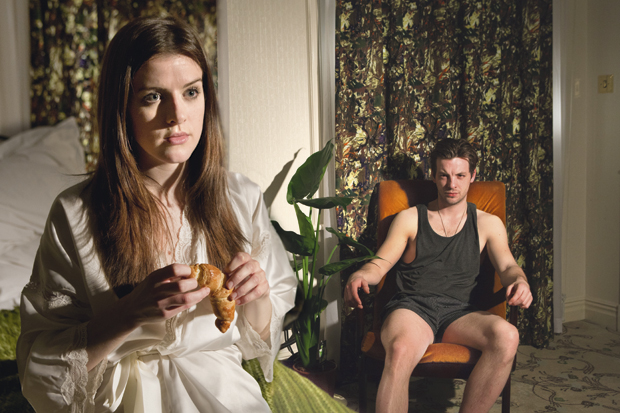
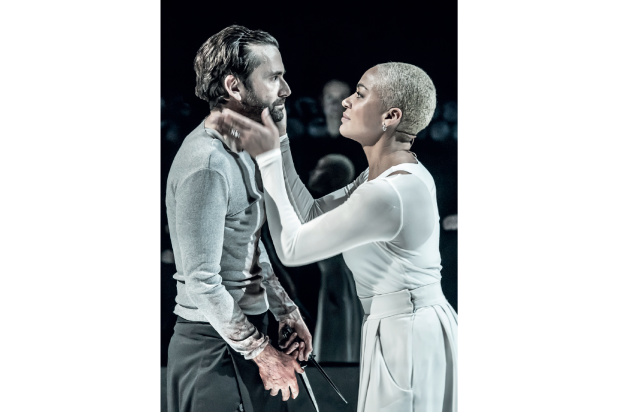
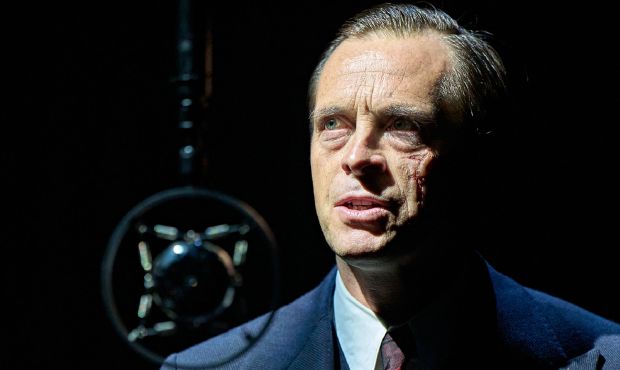

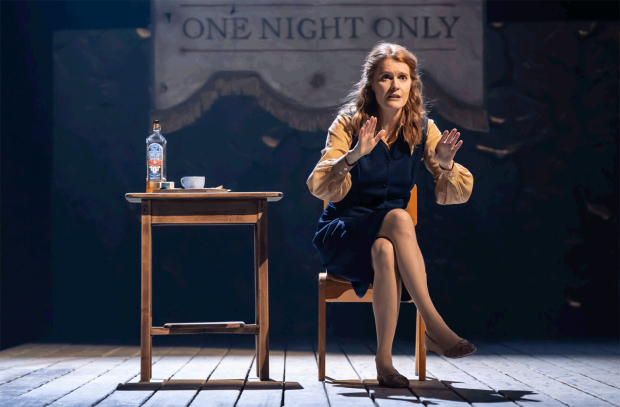
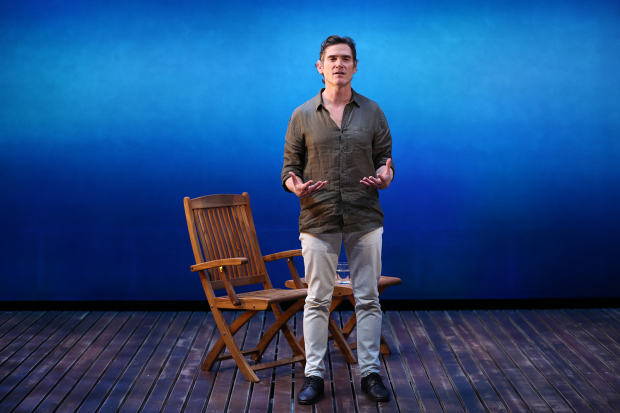
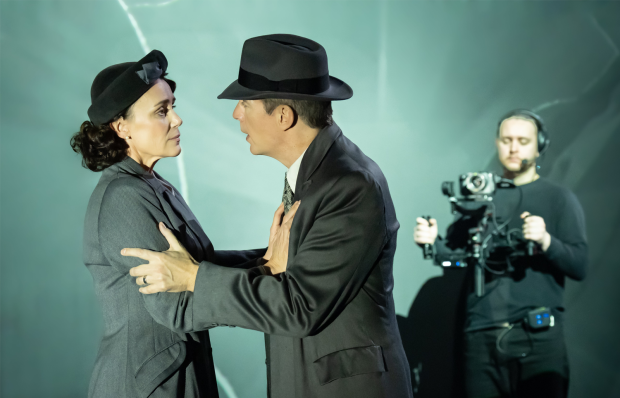






Comments
Don't miss out
Join the conversation with other Spectator Australia readers. Subscribe to leave a comment.
SUBSCRIBEAlready a subscriber? Log in